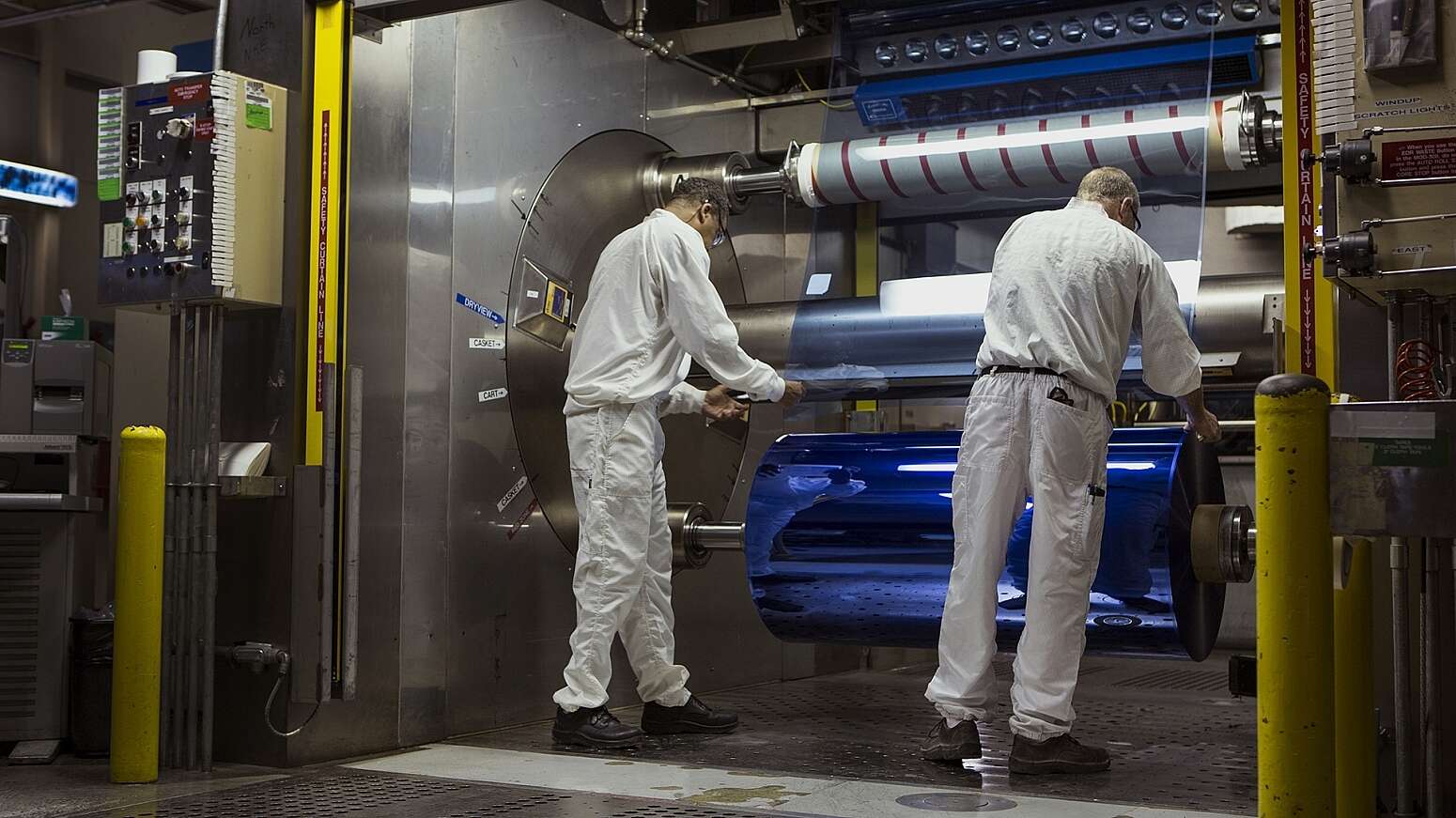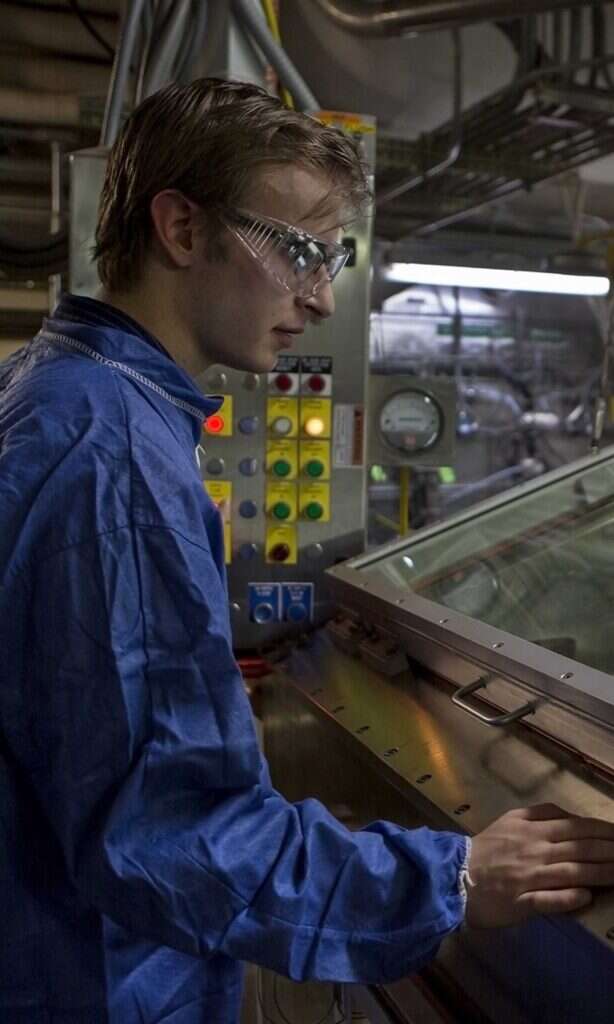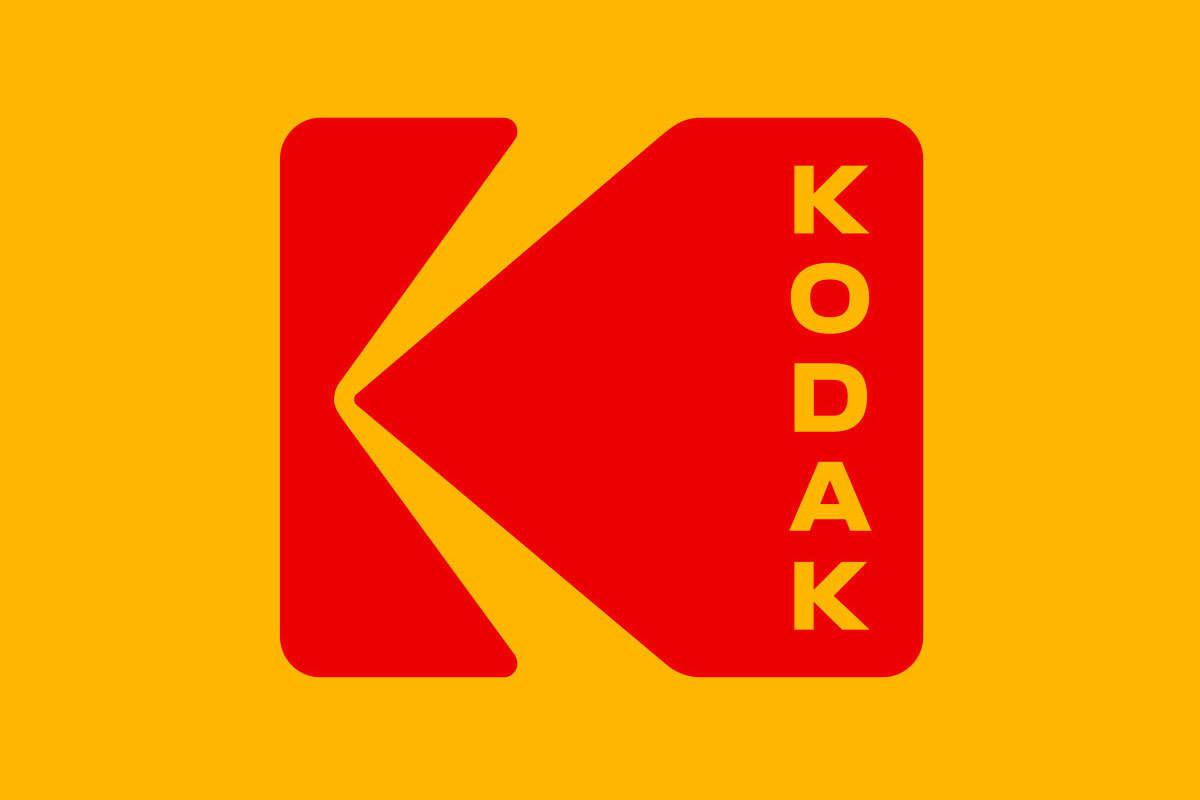
For many executives, identifying a consistent through-line for a company as all-pervasive and well-known as Kodak can be tricky. Not for Terry Taber. CTO since 2009, and having been with the company for more than four decades, Taber has seen Kodak react to seismic changes within the print industry, not least the digital revolution.
Indeed, Kodak has adapted its business model on several different occasions, taking an approach to the research and development of new products which is as flexible as it is consistently innovative.

“When I joined in 1980, Kodak was a huge company worldwide, with about 150,000 employees and between six and seven thousand within the R&D community alone,” Taber says. “Nowadays, even though the number of people has changed, the intensity of the creativity and the commitment to innovate is still as strong as ever.
“If I look back to the 1980s when I started as a research scientist, Kodak was widespread in scope of research projects, and two really persistent threads were materials science and deposition; that is, coating, or printing, controlled deposits of materials onto a substrate – whether it be plastic, paper or foil. That emphasis has remained a common thread through our innovations.”
Chemistry, in an R&D context, has always been extremely important to Kodak. To give an example, colour negative film used in consumer cameras can have up to thirteen distinct layers of chemistry. Each of those layers is roughly one to two microns in thickness, and most are designed to capture light, convert captured light to a dye image, enhance the sharpness, improve the colour, and reduce the noise.
These days, though the company is applying materials, inventions, coating technologies, and other deposition technologies into new areas, the fundamental emphasis on rigorous science remains the same.
“That’s ultimately what sets us apart from everyone else in the print industry,” says Taber.
Nurturing innovation
As such, Kodak is still able to position itself as an employer of choice, with its main selling point for ambitious researchers and PhD students being the freedom to innovate within an environment that facilitates taking its discoveries to market.
Taber stresses that the company’s reputation for nurturing research was one of its primary attractions when joining more than 40 years ago. This, he says, meant applied research, as distinct from theory, giving him the freedom as a scientist to make real concrete contributions both in terms of product and publications.
“Some of the work my team and I did for the film industry then ended up being adjacent to work on anti-cancer materials, which subsequently led to some of the life sciences material that we entered into in the mid-1980s,” he says. “We’ve always considered where our technologies might end up, in other words, even if it’s outside our immediate realm of expertise.”
Upon becoming CTO in 2009, one of the first things Taber was tasked with was thinking about how R&D might be aligned to create something lasting, 20, 30, even 40 years from now. Examples include coating substrates for EV battery and fuel cell assembly, re-entry into regulated pharma materials such as diagnostic test reagents and materials for high-resolution, functional printing; an example of which is a transparent antenna that has been picked up by the auto industry.

“We have the technology to do functional printing, he says, “which is basically printing or depositing materials, functioning in a way other than just text or graphics.
“Printed electronics is a prime example. Today a lot of electronic components are made from the subtractive processes, which uses less than 1% of what you lay down onto a substrate. That means you either discard or recover and try to reuse the other 99%, leading to more time and energy, as opposed to functional printing where you only put down what you need; an additive manufacturing process. These are exciting things for a twenty-something who wants to come and change the world. In that sense, Kodak excites people just as much as it did 40 years ago. Today we’re hungry for all of our inventions to make it to market in one way or another.”
Sustainable changes
Though ‘changing the world’ might seem a lofty ambition, Taber stresses that corporate responsibility is at the forefront of discussions around sustainability. Attitudes around environmental impact, in particular, have changed in recent years with an increased focus on waste, harm, and environmental damage.
“Sustainability has been a watchword for business since the 1990s,” Taber says. “Then, it was about improving manufacturing processes to eliminate waste, and think in terms of materials and chemical processes The narrative has shifted more towards corporate responsibility, and Kodak has pioneered that. To come at sustainability from the standpoint of making the planet better. It isn’t only about what’s best for business, but about how certain processes – particularly within manufacturing – affect other things further along the supply chain. Right down to customer level and beyond.
“We’ve looked at doing that by reducing what we put in at the beginning, and maximising what we get back or remaking waste product into something more useful. Really, that approach begins with R&D, but involves all parts of the company.”
From the standpoint of ‘changing the world’ therefore, Taber believes that joining a company like Kodak, innovating sustainable or useful products at an R&D level, then seeing them brought to market is how change is ultimately wrought on a large scale.
This also applies, he says, to Kodak’s recent focus on pharmaceutical manufacturing, where much of the same chemical processes and equipment used in manufacturing chemicals for all of Kodak’s business, including printing, have had a profound impact on manufacturing processes in other areas.
Building on experience in life sciences
“We use a lot of the same chemical building blocks and manufacturing processes for current Kodak materials as conventional pharmaceuticals,” he says. “In the 1980s and into the ‘90s, we started to explore life sciences and actually expanded that with the purchase of Sterling Drug. Even before that Kodak made a variety of high-grade reagents, for testing and otherwise. As counterintuitive as it sounds, we have always had a deep understanding of the chemistry going into pharmaceuticals because there is such a strong overlap with invention, development, and manufacture of small molecule chemicals.
Kodak is in the process of building a cGMP FDA-compliant factory and lab where it can focus on the R&D and manufacture of diagnostic test reagents; a critical and growing market as highlighted by the Covid-19 pandemic. “One of our new PhD scientists who joined Kodak last year is pioneering the chemical processes on test reagents, planning for what materials we’re likely to make even before the facility is up and running, when we enter the market next year,” says Taber. “This means that R&D has been working closely with the quality team, to ensure that everything is in place before the manufacturing process actually begins.”

On the print side of the business, R&D’s focus has been on speed, Taber says. Kodak has been developing higher quality, less complex printheads, which work at a faster rate, advancing ‘STREAM Technology’ into ‘ULTRASTREAM Technology’.
“This means faster speeds, higher quality, less complexity, and easier design,” he says. “We’ve also continued our efforts on aqueous, nano-pigmented inks; a hallmark of Kodak’s digital printing inks since the initial introduction of the KODAK PROSPER Press over a decade ago. With our proprietary milling process, this provides a fine distribution of nanoparticles that contributes to improved colour quality, colour gamut, and reliability of use in the press. These efforts have expanded the inks portfolio and led to a solution to take aqueous inks and print them onto plastic substrates.”
“R&D’s role in this is making sure that we build these printheads to meet a variety of needs, not only just paper, but in terms of multiple substrates, and supplying an expanding portfolio of inks, as well as the ability to print aqueous inks onto whatever substrate our customers desire to use.”
For Taber, what this ultimately boils down to is ensuring that Kodak changes in accordance with customer needs. This, he says, begins with the company’s emphasis on building upon a rich R&D heritage to ensure innovation continues to play a central role in the success of the company: in order to prepare for the future, Kodak, and Taber, need only look at how far they have come.







